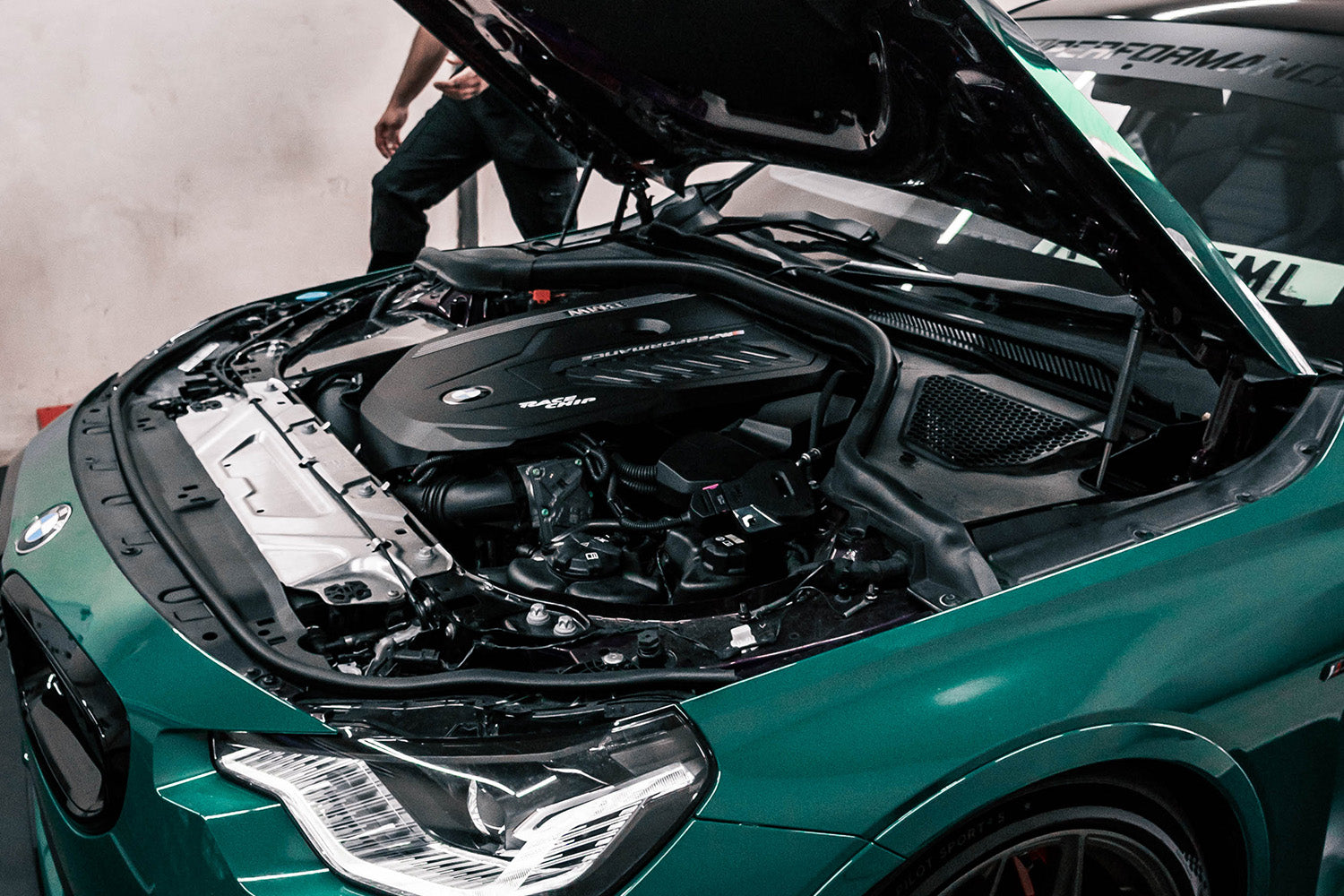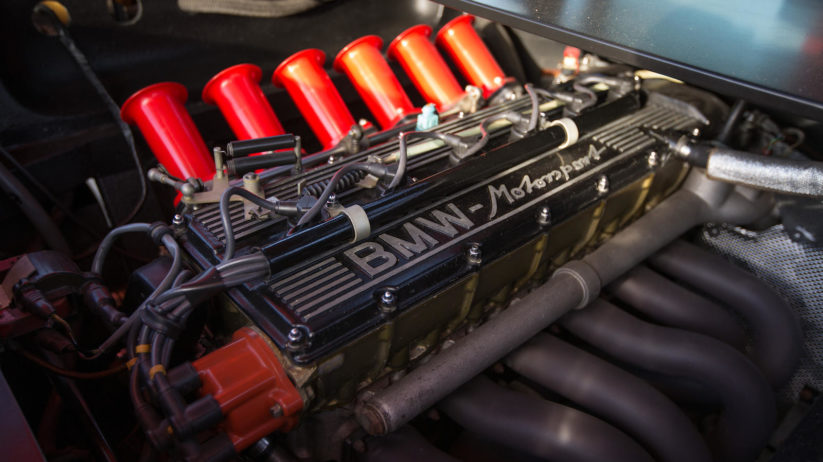The Function of BMW Engine Design in Getting Exceptional Fuel Effectiveness
The Function of BMW Engine Design in Getting Exceptional Fuel Effectiveness
Blog Article
Discovering the Advancement of Burning Engines in Modern Transport Systems
As we navigate the landscape of modern transportation, the advancement of burning engines stands as a testament to human resourcefulness and design prowess. From their humble beginnings to the advanced giants moving cars today, combustion engines have gone through an exceptional journey of advancement and adjustment. Recognizing the complexities of this evolution not only loses light on the past yet also leads the way for envisioning what lies ahead in the realm of transport modern technology. The interplay of background, modern technology, and ecological concerns fit the trajectory of combustion engines produces a narrative that is both engaging and informative.
Very Early Beginnings of Combustion Engines
Just how did the idea of combustion engines first arise in the onset of transport advancement? The origins of combustion engines can be traced back to the 17th century when the principles of interior combustion were very first discovered. In 1673, Christian Huygens conceived a basic internal burning engine that made use of gunpowder to produce power. Nevertheless, it had not been up until the late 19th century that functional applications of burning engines in transport started to emerge.
The development minute featured the invention of the initial successful gasoline-powered engine by Karl Benz in 1885 - bmw engine. This engine led the way for the development of the modern car, transforming transport systems worldwide. Succeeding technologies by Nikolaus Otto and Gottlieb Daimler additionally fine-tuned combustion engine modern technology, causing the mass production of cars and the rapid expansion of the transport market
These early burning engines were defined by their simplicity and performance, laying the foundation for the facility and powerful engines used in modern transport systems. The advancement of combustion engines has been crucial fit the means we take a trip and transfer items, noting a significant milestone in the background of transportation development.
Shift to Internal Combustion Innovation
The change to inner burning technology marked an essential shift in the advancement of transportation systems. This shift started in the late 19th century, with developers like Nikolaus Otto and Gottlieb Daimler developing the initial successful internal burning engines. These engines reinvented transportation by providing a more effective and reliable option to vapor engines and electrical motors.
Among the crucial advantages of internal burning engines was their ability to be reduced to fit into cars, leading to the advancement of cars and motorbikes. This change from cumbersome, stationary engines to small, mobile ones led the way for the contemporary transport systems we see today.
The shift to internal combustion technology likewise spurred advancements in fuel modern technology, leading to the advancement of gasoline and diesel as main gas resources for vehicles. This shift not only made transportation much more accessible to the masses but additionally laid the foundation for the oil and gas sector to come to be integral to global economic climates.
Impact of Combustion Engines on Transportation
The fostering of combustion engines in transportation systems catalyzed a profound shift in the performance and rate of worldwide flexibility. Combustion engines changed transportation by providing a reliable and functional resource of power for different automobiles, consisting of cars, airplanes, vehicles, and ships. This technology substantially boosted the ability for people and products to relocate over lengthy distances in shorter time frameworks, bring about click here for more enhanced connection between areas and nations.
In addition, the prevalent use of burning engines has had a significant effect on economic growth. The ability to deliver products effectively has actually stimulated trade and commerce, allowing companies to expand their markets and reach consumers worldwide. This has assisted in financial growth and globalization, as products can now be delivered much faster and in larger quantities than ever.
Nonetheless, the ecological influence of burning engines can not be ignored. The combustion of fossil fuels has actually led to air contamination and greenhouse gas emissions, adding to environment change and positioning wellness dangers to populations. bmw engine. Therefore, there is a growing emphasis on creating alternate propulsion modern technologies to minimize these unfavorable effects and create an extra sustainable future for transport
Innovations in Burning Engine Layout
One remarkable innovation is the development of turbocharged engines, which utilize exhaust gases to drive a turbine that compresses incoming air, permitting for more gas to be burned, Recommended Reading resulting in increased power result without a significant increase in engine dimension. Variable valve timing systems have actually also reinvented engine style by maximizing air flow at different engine rates, enhancing both power and performance. These innovations jointly add to the constant enhancement of combustion engines in contemporary transport systems.
Future Fads in Combustion Engine Advancement
With modern technology advancements driving constant development, the future of burning engine advancement is poised to transform transportation systems internationally. One of the key fads in burning engine growth is the push towards better efficiency and lowered discharges. Makers are investing heavily in r & d to boost engine efficiency while fulfilling rigorous ecological policies. This includes the integration of sophisticated gas injection systems, boosted turbocharging methods, and using light-weight materials to optimize gas usage and lower carbon emissions.
Another noticeable pattern is the fostering of hybrid innovations in combustion engines. Hybrid engines integrate traditional combustion innovation with electric power, using enhanced fuel efficiency and lower discharges. As the auto industry changes in the direction of electrification, crossbreed burning engines are viewed as a transitional service that links the space between standard lorries and totally electrical ones.
Furthermore, the combination of smart technologies, such as synthetic here are the findings intelligence and data analytics, is anticipated to play a considerable function in the future of burning engine advancement. These modern technologies can enhance engine efficiency in real-time, causing much more effective burning processes and improved general lorry performance. Welcoming these future fads will certainly not only drive advancement in combustion engine growth yet also add to a much more sustainable and environmentally pleasant transportation environment.

Verdict
Finally, the advancement of combustion engines in modern transport systems has actually been noted by considerable developments in innovation and design. From the very early beginnings of burning engines to the change to inner combustion modern technology, these engines have had a profound effect on transportation. Innovations in burning engine style remain to drive progression in this field, with future fads concentrating on additional improving effectiveness and decreasing exhausts. The future of combustion engines in transport looks appealing as r & d initiatives remain to press boundaries.
The origins of combustion engines can be traced back to the 17th century when the principles of internal combustion were initial explored. These engines changed transport by providing a more powerful and reliable choice to heavy steam engines and electrical motors.

Report this page